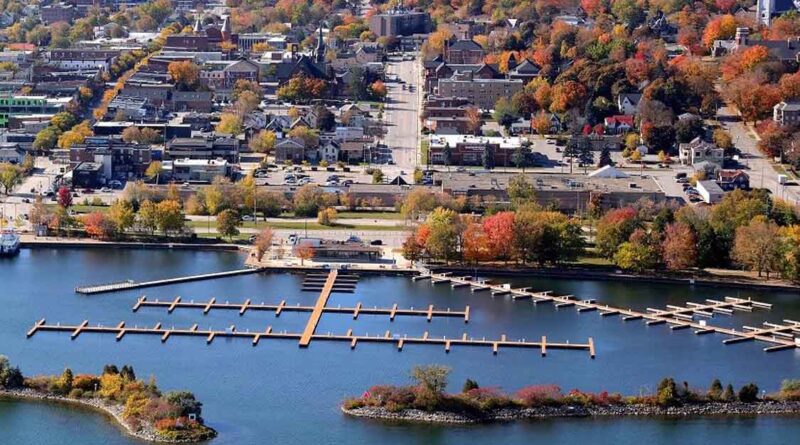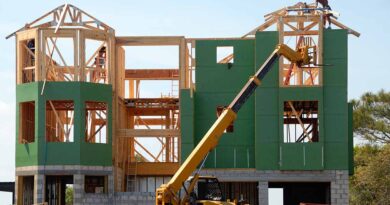Voting Wisely Matters
Editorial by Fred Larsen – Special to SUNonline/Orillia
Monday, October 24 a new Orillia City Council will be elected. Over the next four years, they will be charged with implementing Orillia’s Climate Future, the city’s climate change action plan. The new council will be in place until 2026, just four years before the deadline set by Canada’s federal government to reach a 40% reduction in carbon emissions. Will this new council make progress in reducing emissions in this community? Your vote will determine the answer to that question.
The City’s climate change action plan has three pillar, or Big Moves, as they are called in the plan. The first, establish a dependable supply of local renewable energy. Orillia already has a strong head start reaching this goal because of the foresight of local people 100 years ago. The Orillia Water Light and Power company brought hydroelectricity to the city from nearby rivers as early as 1902 and followed by building more generating stations in the area over the next fifty years. In addition, since much of Ontario’s electricity generation is generated from nuclear, hydro and a small (as yet) amount of renewable energy, Orillia and Ontario are well ahead of many other jurisdictions around the world in being able to reach this goal. (Ontario’s plan to build more gas plants may reduce this lead somewhat.) The City plan will likely include encouraging citizens to install rooftop solar generation. Currently, our bare roofs are a vast untapped source of energy through much of the year.
The Second , reduce emissions by electrifying vehicles – everything that currently burns either gasoline or diesel as fuel. This will be no small task as the change involves not only city owned vehicles, but the vehicles owned and operated by city businesses and vehicles driven by the citizens of this community. A significant reduction in the emissions from these sources will require the cooperation and buy-in of hundreds of local businesses as well as thousands of car and truck owners.
The third big move is to reduce emissions from buildings in the community. Again, this will likely start with City owned buildings, from the City Centre building to other city-owned buildings like those which house maintenance equipment, fire halls, the Orillia Museum of Art and History, the Opera House, and the Stephen Leacock building. Again, the goal is to urge businesses to make the same moves to reduce emissions and heating and cooling costs at the same time for their buildings.
Then of course, there’s housing in our community, from 100-year-old houses to rooming houses to apartment buildings and condo units. The scale of the task is daunting, however, retrofitting buildings, including the installation of heat pumps, can make them more energy-efficient and lead to reduced electricity bills and more comfortable homes.
So what does all of this have to do with the upcoming municipal election?
Everything.

The one factor that will make or break efforts to meet the challenges of the climate crisis is the will, or lack of it, of our political leaders. Perhaps a second factor is their courage, the courage needed to take aggressive and bold actions to make these changes rapidly over the next few years. If the City Council we elect on October 24 continues to see the implementation of the climate change action plan as crucial to Orillia’s future, then we will move ahead and begin to make the changes that are necessary. If they don’t see it as a priority, then chances are this community will come nowhere close to where we need to be by 2030.
It’s your choice, voters. Look closely at your candidates for the will and the courage to meet the climate change challenge. Let our future mayor and council know that this challenge is one that they must meet with action. We’ve got Orillia’s Climate Future climate change action plan, now we need a council to make it happen.




